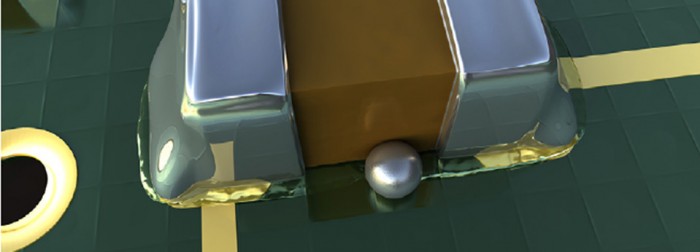I often hear that someone needs an "L0" flux or solder paste. It cracks me up because L0 doesn't really mean anything in today's era of solder pastes and fluxes.
I know what the rationale is for asking for an L0 material: L0 is halide-free and low activity (per the copper mirror test) and, therefore, is lower risk in using in a no-clean application than an L1 material in a no-clean application. Without the corrosive halides, you don't have to worry about corroded solder joints or dendritic growth, right? Unfortunately, that is just not true. I can provide an L0 solder paste that will cause tons of corrosion and dendrites when left on the board.
The "L" portion of "L0" is useful, but the 0 or 1 designating halide content doesn't mean anything because the test method is antiquated (just ion chromotography). Eventually, I think the J-STD-004 will adopt the test method from the J-STD-709 which will likely be oxygen bomb followed by ion chromotography.
Here is another tidbit: A flux that is L0 by titration or ion chromotography may actually contain halogens that are covalently bonded (which can't be seen through simply ion chromotography). During reflow, some of those bonds may actually be broken and the residue could be L1. That is why doing oxygen bomb right off the bat eliminates surprises later on.
Don't accept halide-free by titration, halide-free by ion chromotography, or L0. Ask for halogen content per the EN-14582 test method!


